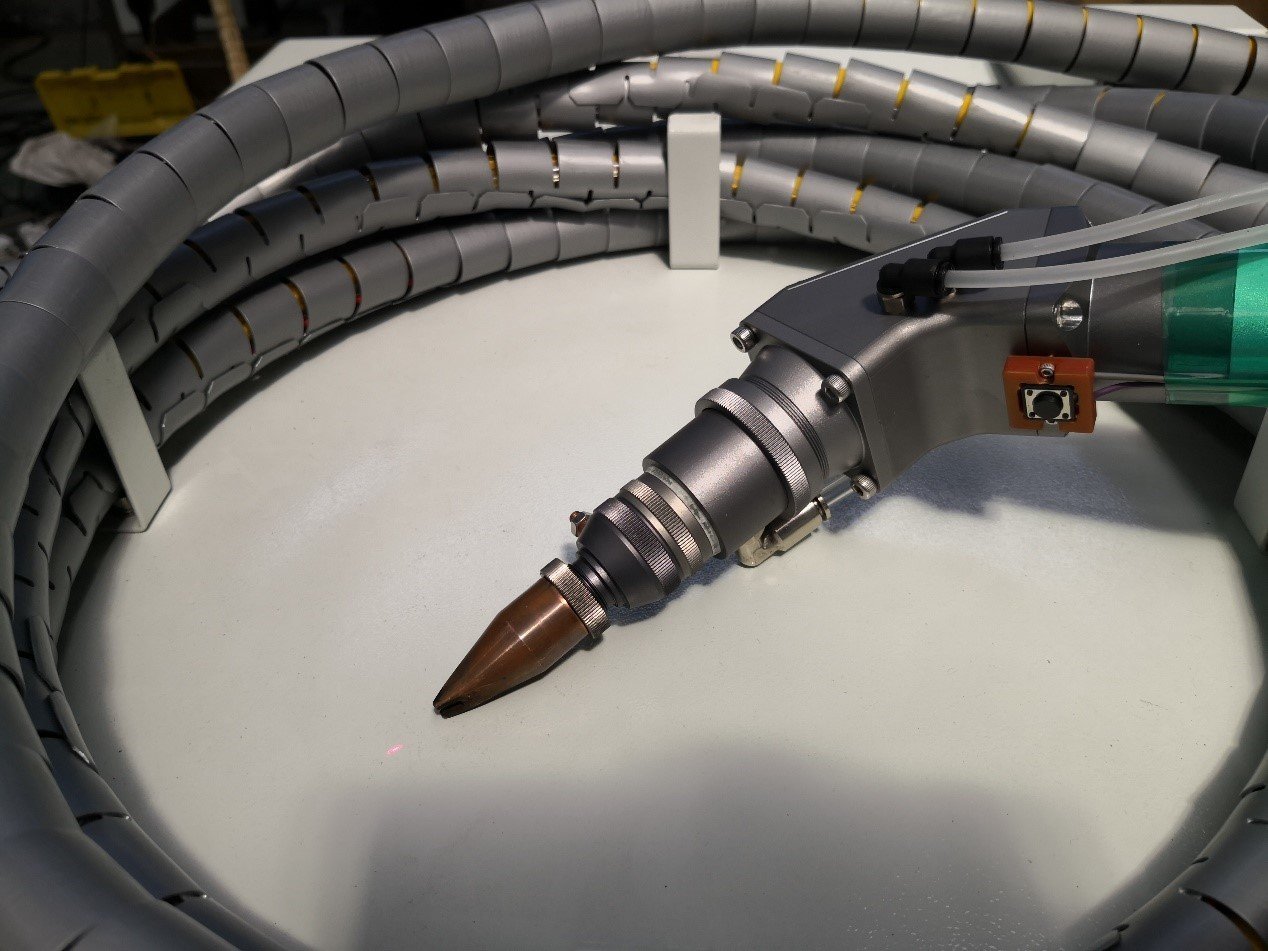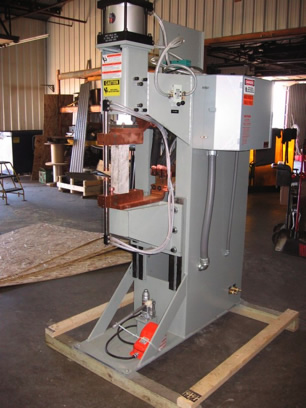


Get more information on Weldmart-Onlinereplacement exciter coils, which come with a ten-year warranty. The exciter shunt coils in the SA-200 are simple to diagnose and replace.

If you can "grind," but not weld, check the main exciter shunt coils. This can be verified by checking the auxiliary with a meter, light, or a grinder. If the failure is in the “exciter shunt circuit,” the generator can still produce power. This controls the strength of the magnetic field, which controls the amount of welding current that is available. If there is a fault in either circuit, the machine will not weld. This DC current is varied by the fine-current control rheostat (think of it as a valve), then fed into the main exciter shunt coils. The "exciter generator" produces 115 volts DC that is fed to the auxiliary power outlet and to the main exciter shunt coils. (This red line is not part of the circuit, just a visual aid.) The fine-current control (“heat control”) rheostat varies the exciter voltage that is applied to the main stator shunt coils this variable voltage controls the output current (heat) of the arc.īy studying the wiring diagram below, you can see that there are two halves of the exciter circuit, designated by the red line with arrows on each end. The system is a series-wound compound generator, with an additional shunt coil across the exciter armature. The faster the engine turns, the more voltage the exciter produces. At welding speed (1550 RPM), the exciter voltage should be approximately 115 volts DC: positive on the right brush holder, negative on the left brush holder. The magnetic fields produced by the exciter coils are broken by the windings on the exciter armature, producing approximately 115 volts DC at full RPM. The exciter coils and the pole pieces form electromagnets when DC current flows through the exciter coils. Each brush holder is flanked by a brush holder spring.The exciter armature is held onto the armature shaft by a nut secured by a lock washer.Behind the left brush holder is the left exciter coil.Behind the right brush holder is the right exciter coil.The left-hand brush holder is the negative spring-loaded brush holder.The right-hand brush holder is the positive spring-loaded brush holder.Facing the machine from the front, note the location and name of each item: The graphic above is of a standard Lincoln SA-200 exciter, with the end cap removed. Troubleshooting the Exciter Shunt Circuit


 0 kommentar(er)
0 kommentar(er)
